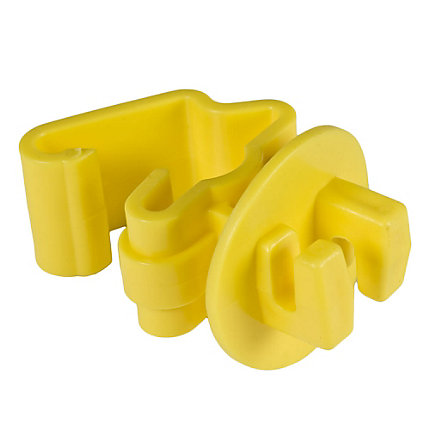- Thread starter
- #61
mystang89
True BYH Addict
Thanks for the replies you all!
@Bruce I think I wasn't clear by about the h braces. I didn't mean the horizontal wood that formed the H but the posts that the horizontal piece was connected to.
@greybeard that's great to know about the pin type. For one they are much cheaper. Two, they are much easier to install. I do have a couple of trees though that I think I will still buy the screw in insulators. I think I read one of the reviews for the pin ones and it said they are pushed out of the tree over time.
@Bruce I think I wasn't clear by about the h braces. I didn't mean the horizontal wood that formed the H but the posts that the horizontal piece was connected to.
@greybeard that's great to know about the pin type. For one they are much cheaper. Two, they are much easier to install. I do have a couple of trees though that I think I will still buy the screw in insulators. I think I read one of the reviews for the pin ones and it said they are pushed out of the tree over time.

